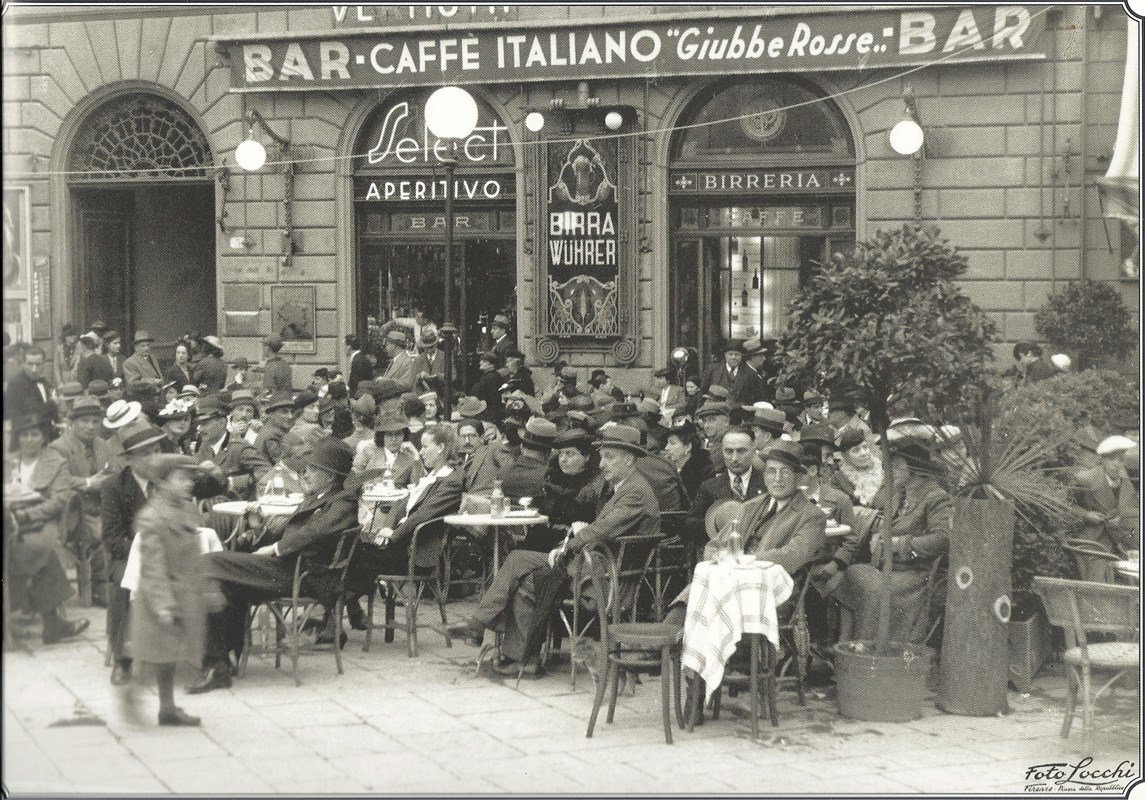The Custom of Aperitivo: A Ritual of Connection
The Custom of Aperitivo: A Ritual of Connection
The sun dips low over the rooftops of Milan, casting golden light on cobblestone streets slick with the remnants of an afternoon rain. The air hums with life. Men in tailored suits and women in impossibly elegant heels shuffle through the streets, their laughter mingling with the clinking of glasses and the soft strains of a jazz quartet filtering out from a café nearby. This is not just a drink before dinner. This is aperitivo — a tradition that is less about what you consume and more about who you are while consuming it.
Let me take you back, to where it all began.
In the late 18th century, Turin, the northern Italian city famous for its royal palaces and Baroque charm, was the stage for the birth of aperitivo. At the time, a man named Antonio Benedetto Carpano created vermouth, an aromatic wine infused with herbs and spices. It was bold, bitter, and perfectly balanced. Vermouth wasn’t just a drink; it was a statement. A way to awaken the palate, prepare it for the feast ahead, and — more importantly — gather.
But Turin’s noble beginnings didn’t stop aperitivo from becoming democratic. By the 20th century, Milan took the reins, transforming the ritual into an art form. Here, aperitivo found its true spiritual home in the industrial capital of Italy, where workers, artists, and dreamers alike sought refuge in the sacred hours between work and dinner.
There’s a beauty in the simplicity of it all. A spritz — effervescent prosecco kissed with Aperol or Campari. A Negroni — its ruby red hue a promise of bitterness that lingers just long enough to make you take another sip. And let’s not forget the nibbles: plump olives, golden focaccia, and delicate slivers of prosciutto arranged like edible art. The Italians, in their infinite wisdom, know that no drink should be consumed without a bite to accompany it.
Yet, aperitivo is not about sustenance. It’s about connection. About reclaiming time. In Milan, the pace of life is relentless, but come 6:00 PM, the world slows down. Strangers lean on bar counters, sharing stories as if they’ve known each other forever. Colleagues decompress, their laughter louder with every round of cocktails. Lovers linger, the soft glow of streetlamps reflecting in their eyes.
I’ve sat in those bars, the ones where the bartender knows your order before you’ve even taken a seat. I’ve watched the rituals unfold: the careful pour of Campari over ice, the twist of orange rind flicked with a flourish, the endless trays of tiny plates whisked away and replenished with more. And in that moment, you’re not a tourist, not a foreigner, not an outsider. You’re just another soul finding solace in the warmth of human connection.
The magic of aperitivo lies in its unspoken rules. It’s not rushed. It’s not transactional. You’re not just here for a drink; you’re here to be present. To belong. It’s a reminder that no matter how hectic life becomes, there’s always time to pause, to sip, to savor.
Perhaps that’s the secret of aperitivo. It’s not just a tradition. It’s a rebellion against the tyranny of the clock. An insistence that, for a little while, you can set down your burdens and just be. And in a world that never stops moving, that’s something worth raising a glass to.


